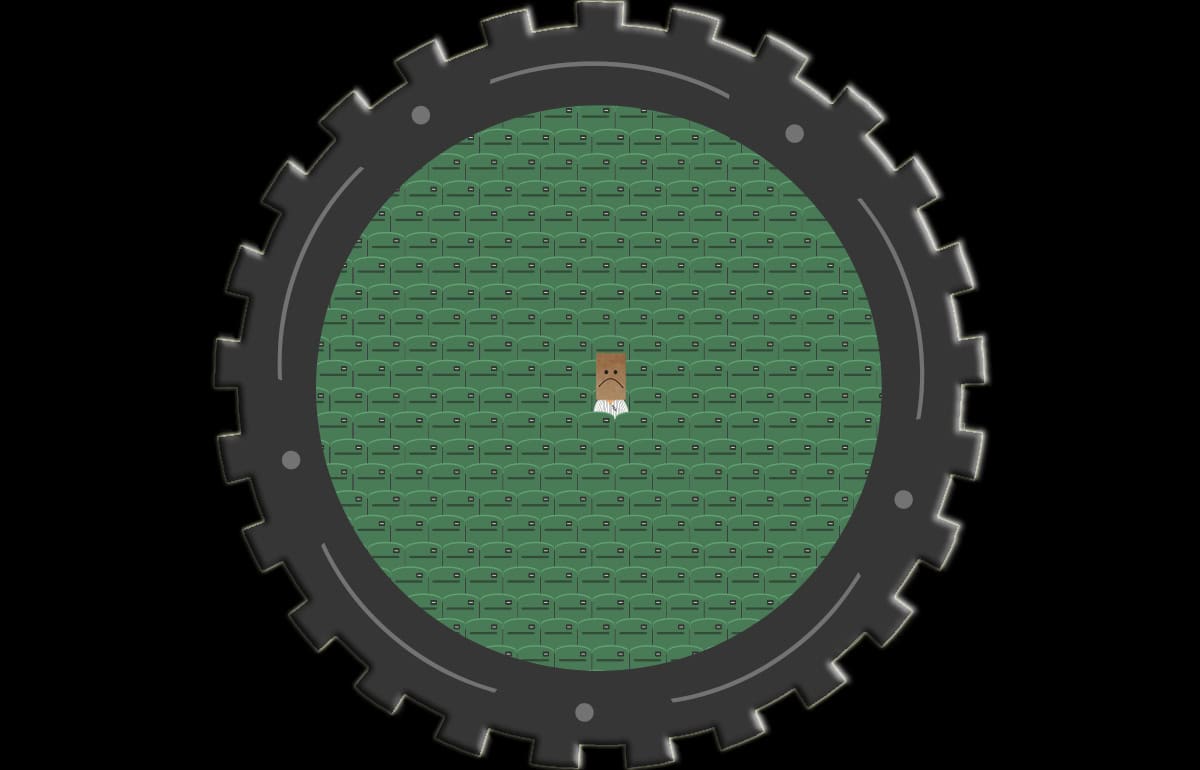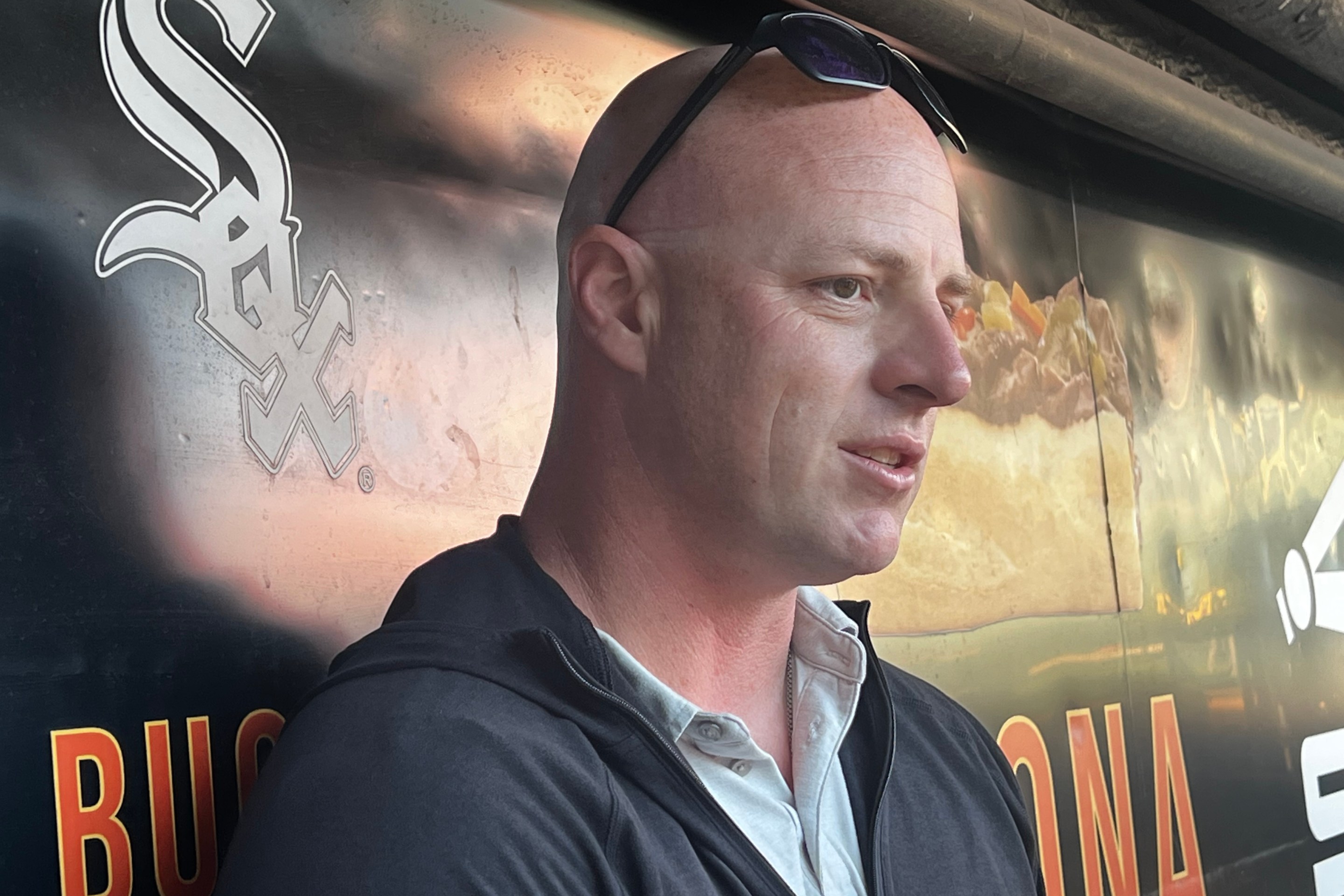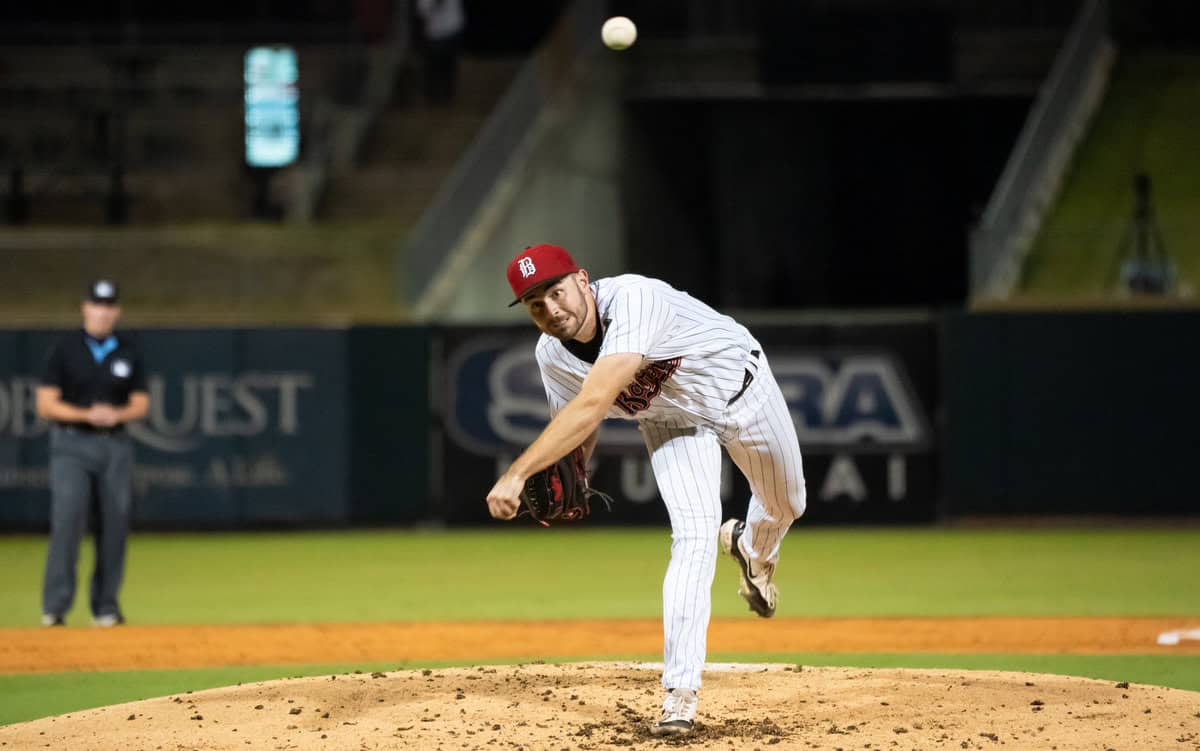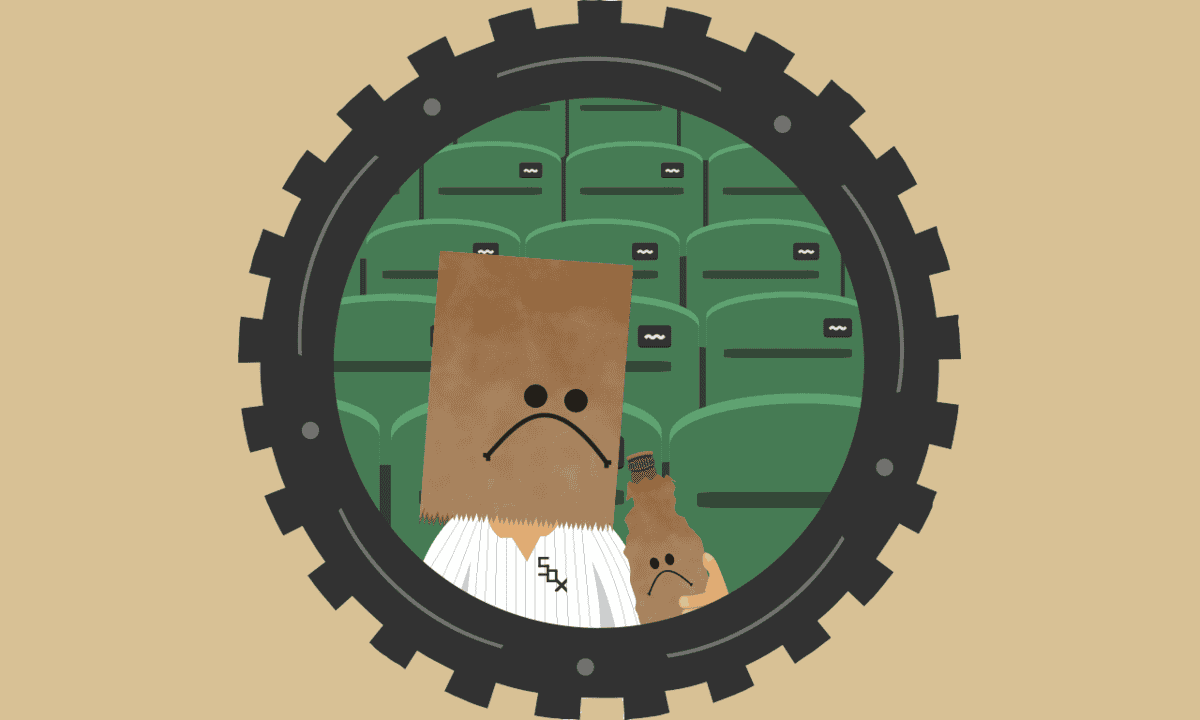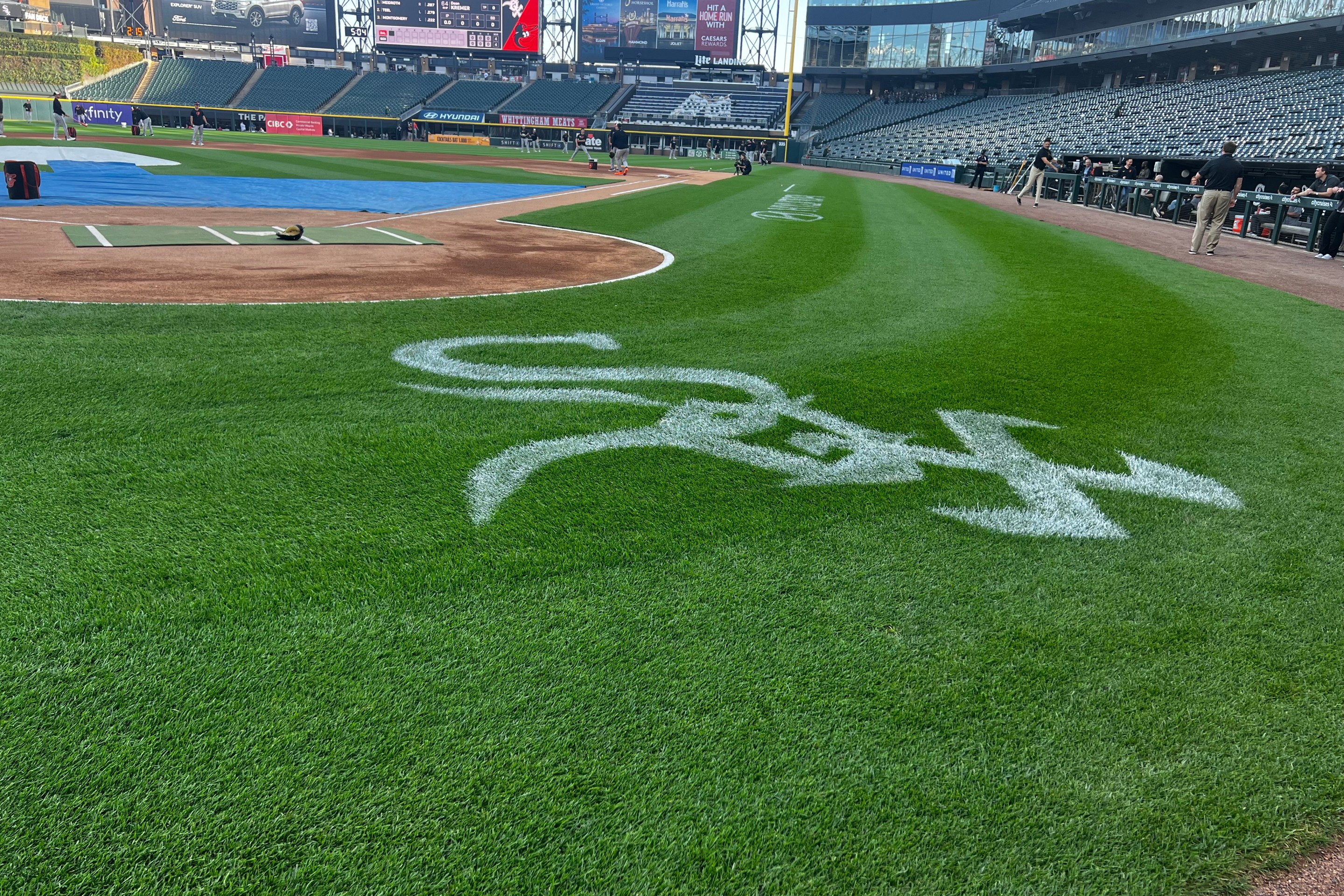CHARLOTTE -- Nick Nastrini doesn't offer any qualifiers for how he felt during his Tuesday outing -- 6 IP, 2 H, ER, 2 BB, 7 K, HR -- compared to the rest of his up-and-down 2024 season.
"The best," said the 24-year-old right-hander.
The difficulty of this White Sox season is not contained to the major league clubhouse. Players across the organization see their team being mocked nationally, nasty comments underneath their Instagram posts. Or in the case of Nastrini, seeing and hearing about his teammates struggling in Chicago while being unable to stop the bleeding in Triple-A Charlotte.
Despite being one of the headliners of last summer's deadline deals and earning a spot in the majors out of spring camp, he's spent most of year looking not yet ready to help.
"I couldn't hide from the way I was pitching, you can't hide from that," said Nastrini, who walked 25 batters in 24⅔ innings over two stints in the majors this season. "You can't be ignorant when it comes to something like that. You know what's going on. You want to try to claw yourself out of there, but you've got to just trust the process and keep your nose to the grindstone, and it'll eventually get better."
That last assurance is something Nastrini would willingly apply to the entire White Sox organization, even in their darkest hour, and he's aided by seeing his own path back from professional-worst struggles.
Now, Nastrini is only two weeks removed from not being able to get out of the second inning against Norfolk, walking off the mound with the Knights down 7-0 and his Triple-A ERA over 6.00, so maybe it feels early to declare he's turned a corner. But he's probably more eager to tout that "mentality changes" are responsible for his recent progress than laud a "very minute" change in his delivery where he presets his back foot against the pitching rubber.
"You get to a point of, 'Can it get any worse? What are we doing here? I'm trying hard and it's not going well,'" said Knights pitching coach R.C. Lichtenstein. "The last two outings excite me even more because of his process mentally and how he's gotten to the point where he can let any negative pitches or any negative things around him go, and get to the next moment."
That's not a small thing for a young pitcher who can still remember a Bo Bichette broken bat single on a slider well off the plate, as a breaking point in a major league outing where his struggles to locate his fastball had already erased his margin for error. Nastrini refers to himself as trying to get from needing to make a pitch (as in needing to groove a heater to avoid falling further behind in the count) to wanting to make a pitch (as in wanting to bust a lefty up and in with a fastball because he trusts he can command it there, and it will set him up to tunnel a curve behind it).
And sure, everyone would like to throw with confidence rather than defensively, but Nastrini feels like this year has seen the limits of where pitching to avoid bad results can take him. Or how far denialism can take him, since he now more readily admits that his early season bout of pneumonia threw him off more physically and mechanically than he wanted to concede at the time. He's lost his spot in the big league rotation, he's seen his season numbers tilt beyond what can be recovered this year, and the only way out is pitching with a belief in his self that has to be more durable than the next set of bad results that come his way.
"I've been able to learn a lot about myself and who I am as a player, and who I am off the field as well," Nastrini said. "I feel like I've grown a lot as a human, as a pitcher for sure. I've been able to dissect and really been able to understand what makes me good, rather than, 'Oh, I'm just going to continue to shove, shove, shove,' and just take things for granted. I've been able to really ground myself."
If there's a through-line of the small but growing collection of Nastrini interviews I have completed, it's that he's usually able to boil down what he needs to do on the mound to a single, succinct takeaway that cues everything else.
"If I can get the fastball in the zone, it really sets it up for itself," said Nastrini, whose 14.9 percent swinging strike rate in Triple-A is as high as what any qualified major league starter is managing this year. "Especially up and in to righties and lefties. I haven't really been able to do that, so hitters have been able to sell out over the plate. To be able to keep them honest with something hard going into them, that makes everything else play up a lot more."
Nastrini throws two distinct breaking balls, but the curveballs tunnels off the high fastball and the slider tunnels better off the heater below the belt. His slider is his standout offering, but when he's not commanding the upper quadrant, as he wasn't in the majors, it becomes the only thing he can really trust. His changeup is key for opening up the arm side of the plate for him, but as much as it's an offering he tries to rip with fastball arm speed, it's a feel pitch that really benefits from hitters being stood up straight by high heaters.
To that end, Nastrini felt he was putting the fastball where he wanted to in his Tuesday start, and Lichtenstein said his past two outings were his highest strike percentage performances of the season. The pairing has been talking and working together since January, as Nastrini had expected to start the year in Charlotte before his strong Cactus League showing. But figuring out what cue would fix the timing in Nastrini's delivery took time.
"We talked about the pace of his delivery and said, 'We've got to speed up the leg lift,'" Lichtenstein said. "He was like, 'When you talk about speeding up, I think about rushing.' So then we started talking about controlling the pace of his leg lift. Controlling the pace doesn't make him think of speeding up, which connected him to a negative, which was rushing through his delivery. So a lot of it finding common language."
"It's a very minute change," Nastrini said. "Everything else is the same with the exception of the little toe tap I used to get when I was a little bit more square with my entire body going toward home plate, rather than presetting that foot against the rubber so it doesn't move as much."
At least so far, the optimism is that the fix has resolved the gap in timing between Nastrini's upper and lower halves. Lichtenstein said they try to practice it all at an exaggerated pace in bullpens, so that game speed and the added responsibilities of controlling the running game don't feel overwhelming.
It's working, and for now it still seems like there's time for Nastrini to model his work and put himself back into consideration for a major league role this year, or re-enter the mix for a rotation spot in 2025. But the lesson of this season for Nastrini is that this summit is just a respite until the next upward climb, and being OK with not having it all figured out.
"As soon as you make the assumption that you're on top of the world, you're going to get knocked right off it," Nastrini said. "As soon as you think you know everything and you've got it figured out and you're dialed in, you're going to get humbled. This game will most certainly humble you and you've got to learn how to pick yourself back up."

